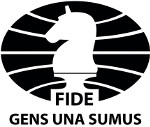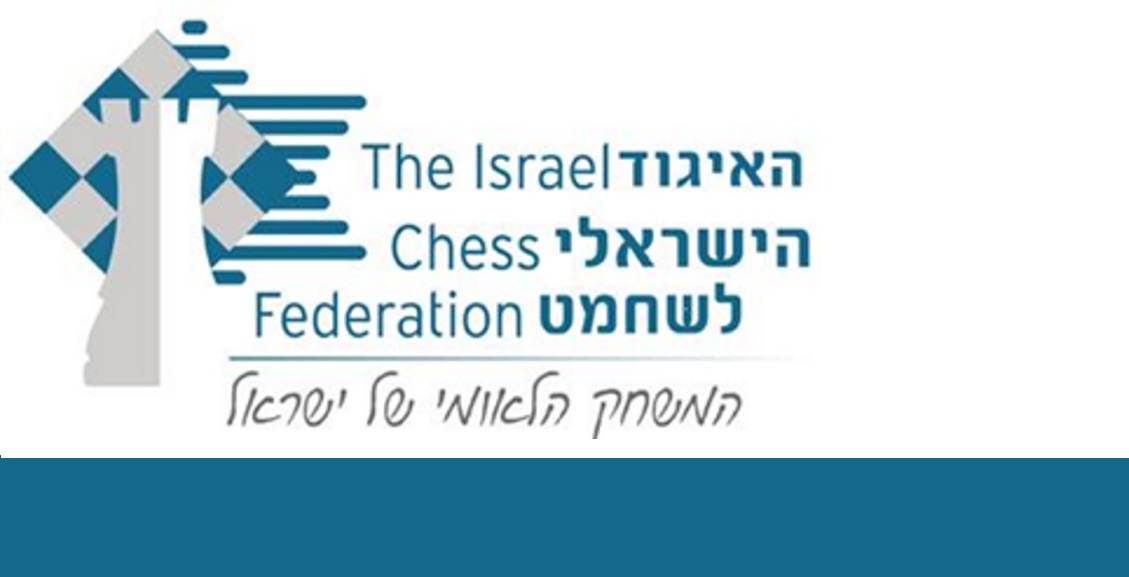by Assi Philosoph
The quarter-finals started today, bringing lots of excitement as losing a match means being knocked out of the tournament. The teams and the players had to take difficult decisions in critical moments. Taking too many risks might result in the disqualification of the team and playing too cautiously could be not enough to win.
The knockout format is played in two matches, with a change of colours. In the case of two tied matches or each team winning one match, independent of game points, the duel is decided in a blitz match of 3min + 2sec increment. In the case of a new tie, a new blitz is played (no Armageddon used) and so on, until the duel is decided. The teams are allowed to change the squad every match.
China – Poland
The Chinese team is continuing to enjoy their matches, securing their place in the semifinals without losing even a single match from the 7 played. In the first match against Poland, they won 2.5 – 1.5 and drew the second without much trouble, playing solid chess.
In the game Lu Shanglei – Radoslaw Wojtaszek (rd1) the Pole played the Marshall gambit and got into some trouble for not being able to generate enough compensation for the pawn. The position on the diagram is after 26.d4
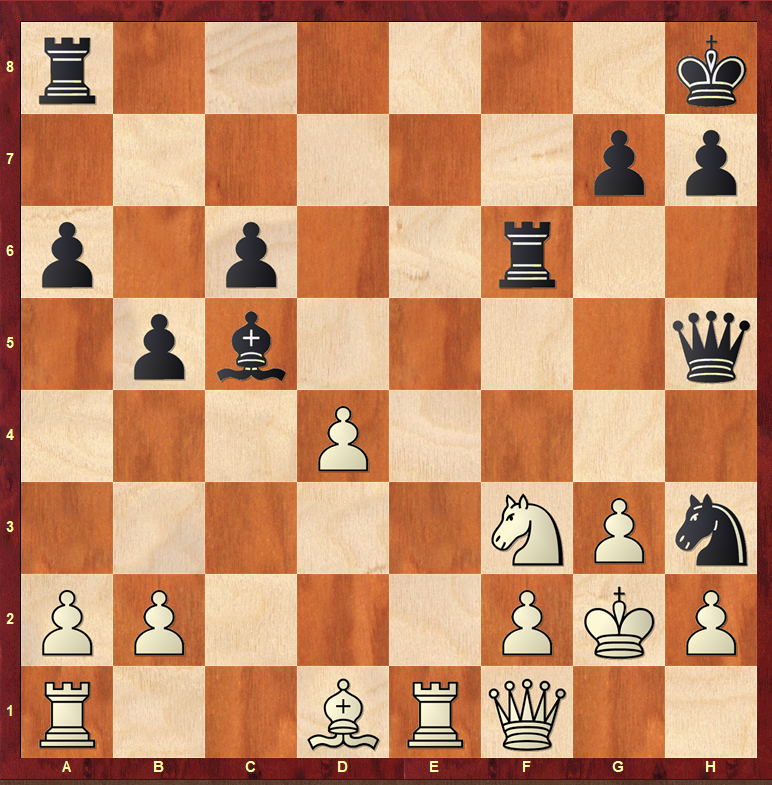
Black thought it possible to take the pawn, but after 26…Bxd4 27. Nxd4 Qd5+ 28.Nf3 Ng5 29.Re5 the game was over.
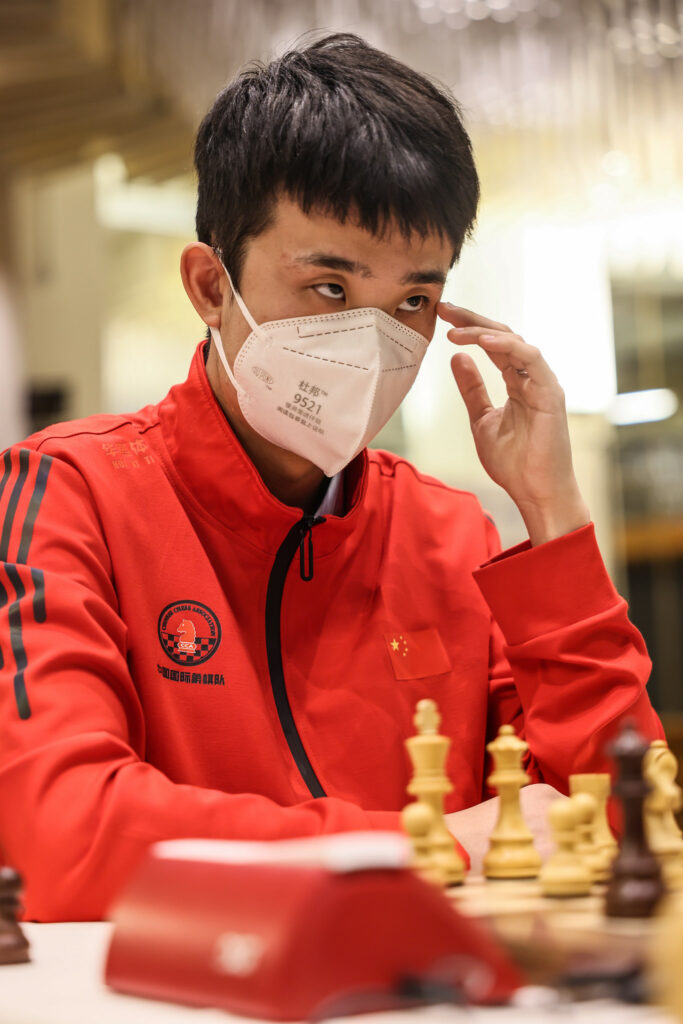
The board results:


Spain – Azerbaijan
The first match finished with 4 draws, but surprisingly in the second match Spain won twice, with Anton Guijarro and Santos Ruiz defeating Radjabov and Mamedov on boards 2 and 4, granting Spain a ticket against China.


In Anton’s game against Radjabov, the Spaniard found an interesting way to create some threats, opening the queenside for his rook:
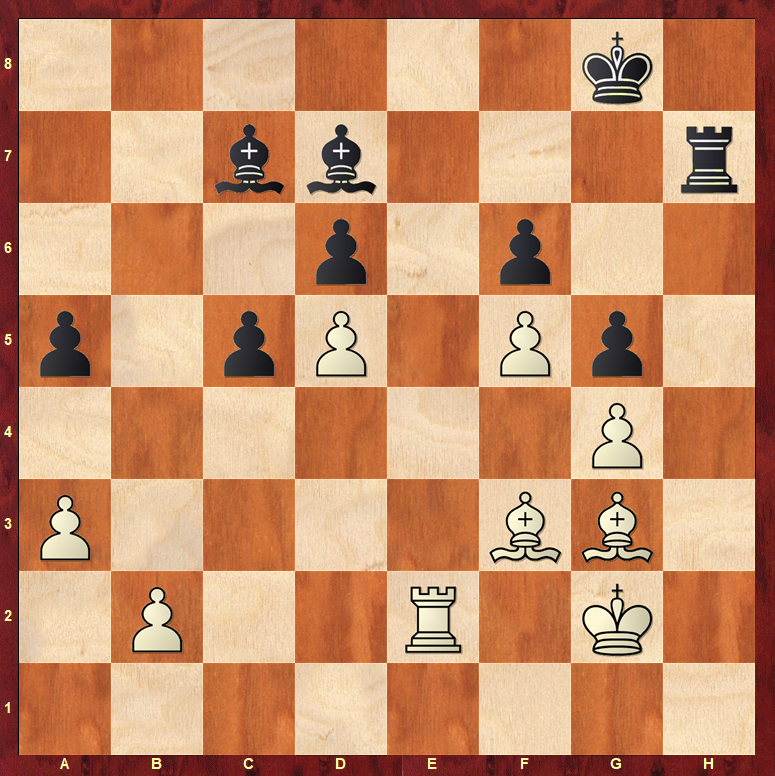
51.b4 (D) axb4 52.axb4 cxb4 53.Rb2 Kf7 it seems that this move affects the black piece coordination, since his rook stands out of play. Maybe 54…Re7 followed by Kf7 could solve his problems 54.Rxb4 Ke7 55.Rb7 (D)
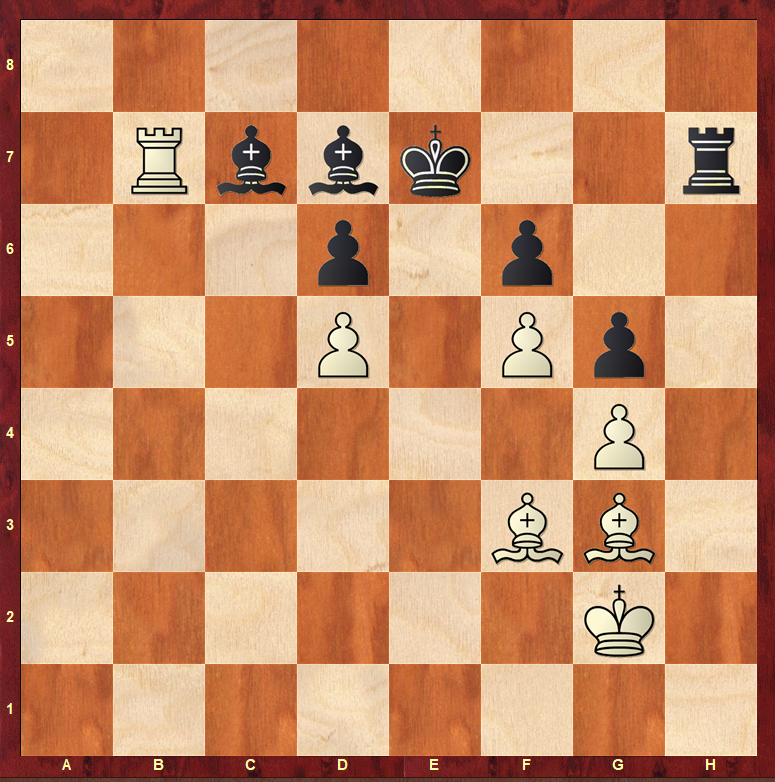
Now it’s more difficult to handle: 55…Ba5 56.Be2 Bc3? and White wins a piece (56…Kd8 57.Bd6 Bf5 58.Rb8+ Kd7 59.Bg3 with advantage for White) 57.Bb5 Kd8 58.Bxd6 Bxf5 59.Rb8+ Bc8 60.Ba6 Kd7 61.Rxc8 Kxd6 62.Rxc3 and Black resigns after a few moves.
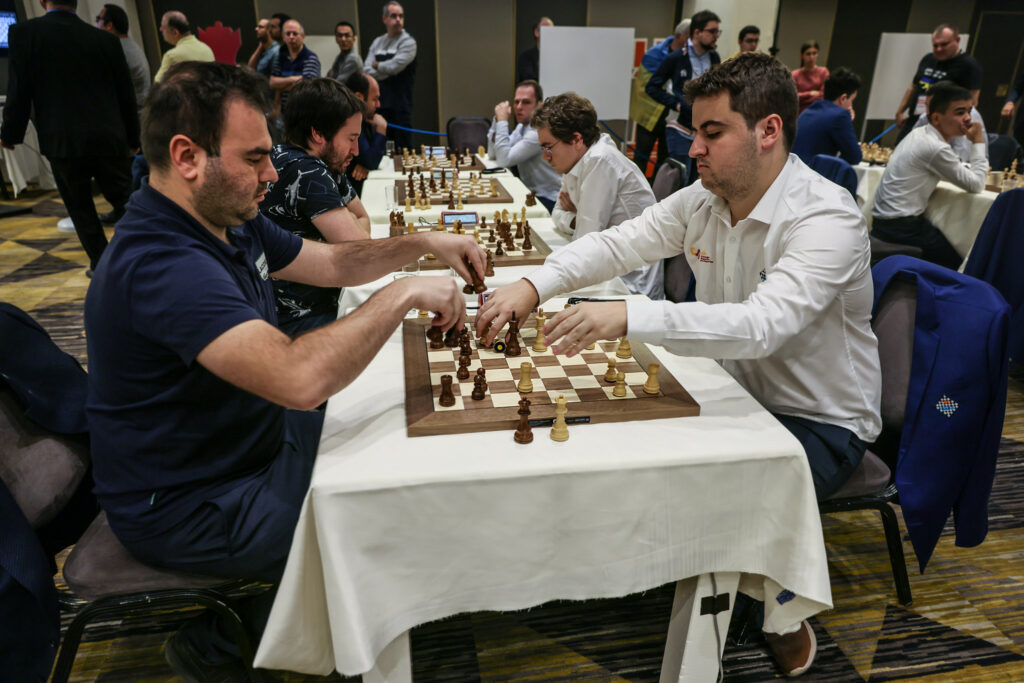
Ukraine – Uzbekistan
The gold Olympic medalists are proving that their success is not accidental as they won the two matches against the strong Ukrainians, with Vakhidov winning both games. Additionally, Vokhidov won a nice game against Volokitin in the second match of the duel.
In the following position Vokhidov (W) played 33.Qg5 leaving the knight en prise, but threatening Qf6-h8 mate.
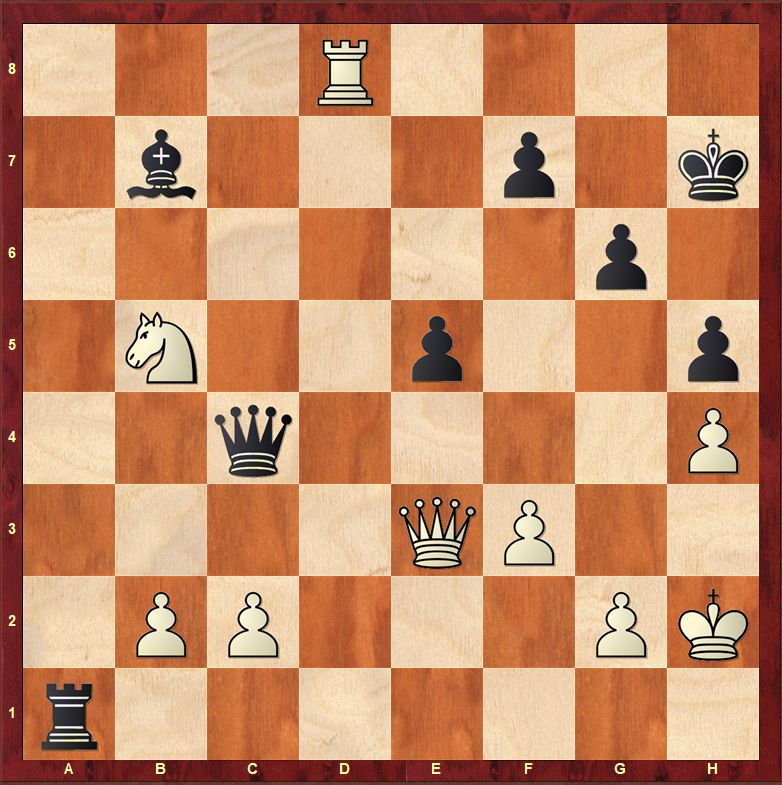
Volokitin tries 33…Bxf3! as a last resort that forces White to play the only winning move. If now 34. Qf6?? Rh1!35. Kg3 Qg4 Black will be the one mating.
Can you find the correct move for White?
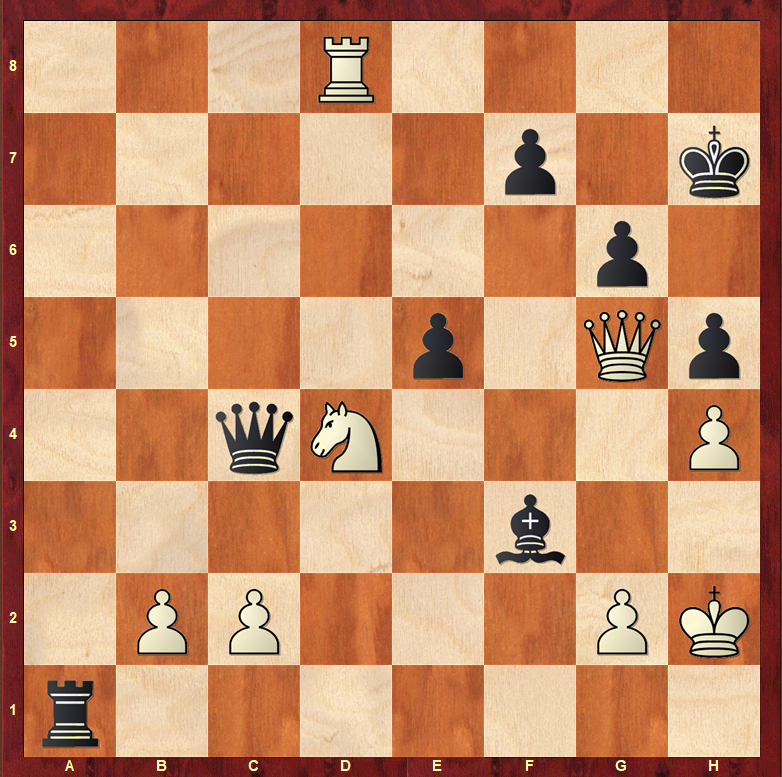
34.Nd4!! blocking the queen and threatening to take the bishop. Double exclamation for finding this move in a blitz game. Be4 35. Qf6 and Black resigned.
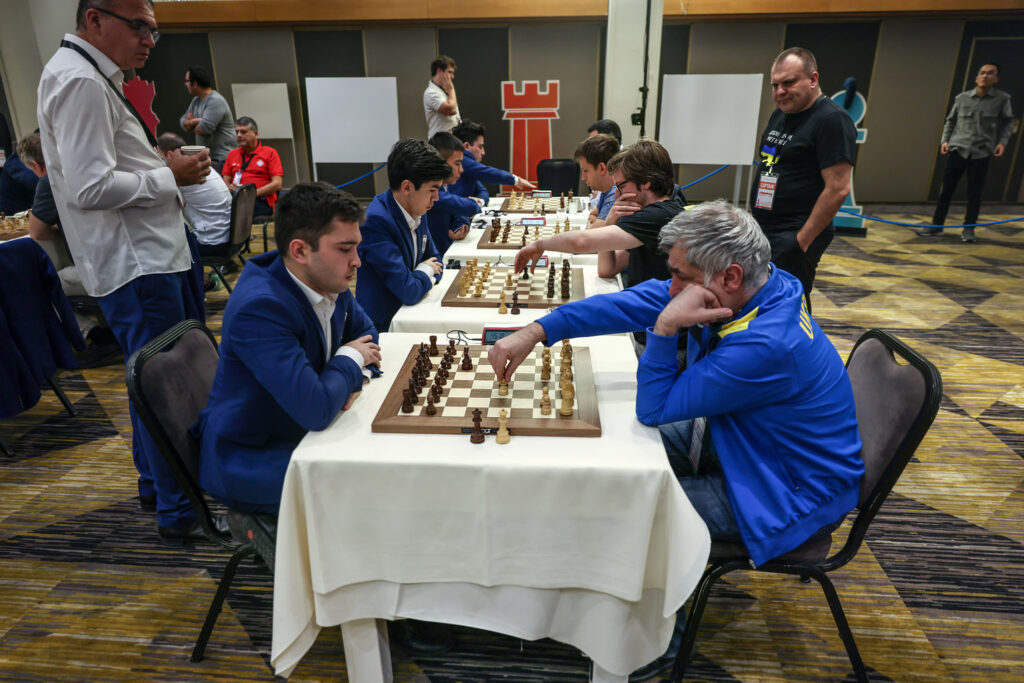


France – India
The only duel that ended in a draw was France vs India. Vidit and his teammates won the first match 3 – 1, but the French didn’t give up and won the second match with the same result.
The results:


Although the board points do not count towards a tie break in the knockout stage, Sasikiran could have won his game against Gharamian in the first match. In the following position it was his turn (W). Should he take the pawn on g5 or not?
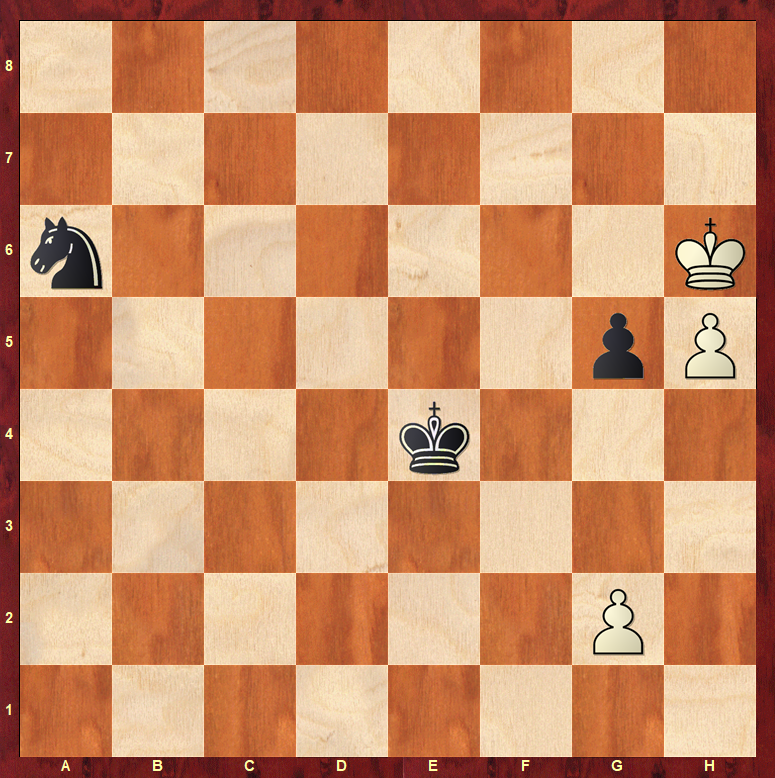
Krishnan took the pawn and reached a draw endgame after 59.Kxg5 Nc7 60.h6 Ne6+ 61.Kf6 Nf8 and White cannot win 62.Kg7 Ne6+ 63.Kf6 Nf8 64.Kg7 Ne6+ 65.Kf6 0.5-0.5
In order to win, White would have had to have played 59.Kg6 (or Kg7) and after Nc7 60.h6 Ne6 61.Kf6 Nf8 62.Kf7 Nh7 63.Kg7 and the g5-square is not available to the knight.
The duel continued to the tiebreaks, and it was India’s turn to win again, this time ensuring their qualification to the semifinals.

Narayanan (White) found an astonishing idea in his endgame against Fressinet. The position on the board is after 48…g5
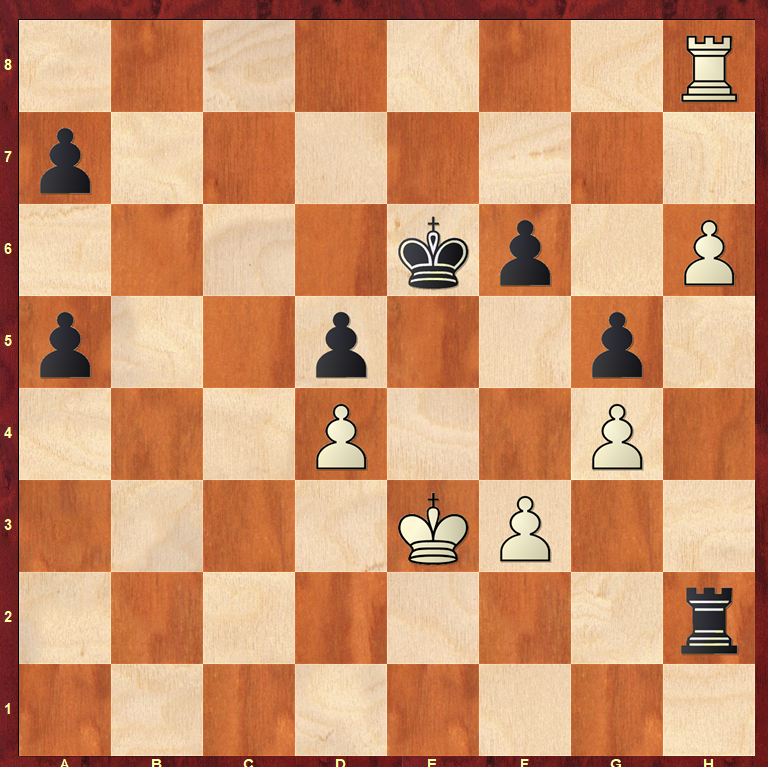
The Indian played 49.h7 Kf7 50.Ra8 Rxh7 51.Rxa7+ Kg6 and then…
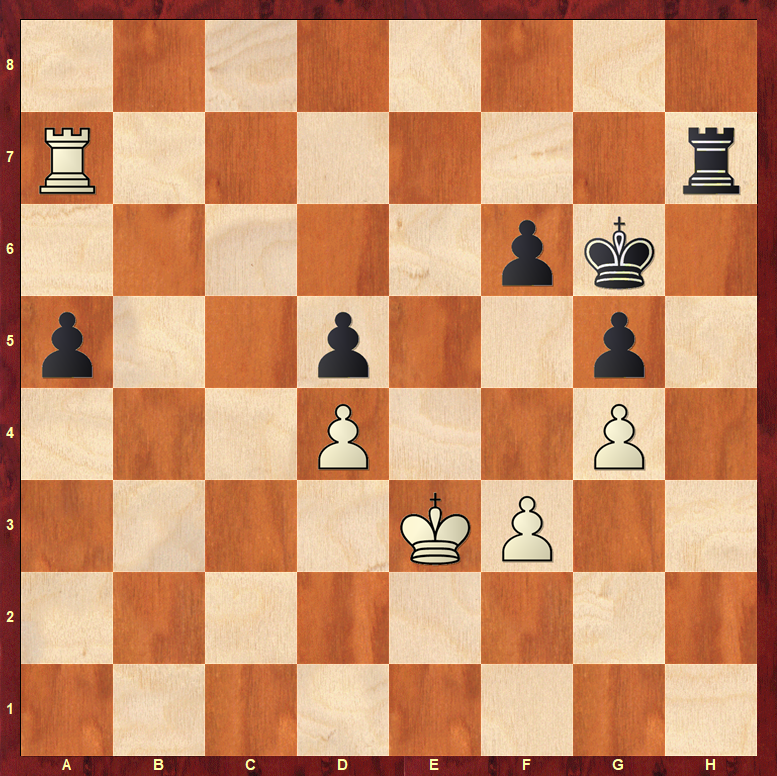
52.Rxh7 exchanged rooks!
Despite being a pawn down, White is winning the endgame:
Kxh7 53.Kd3 Kg7 54.Kc3 Kf7 55.Kb3 Ke7 56.Ka4 Kd7 57.Kxa5 Kc7 58.Kb5 Kd6 59.Kb6 Kd7 60.Kc5 Ke6 61.Kc6 f5 62.Kc5 fxg4 63.fxg4 Ke7 64.Kxd5 Kd7 65.Ke5 1-0
It is interesting to notice that this idea only worked because of Black’s 48…g5. If the pawn was on g6, Black would have had access to the kingside and would have won.
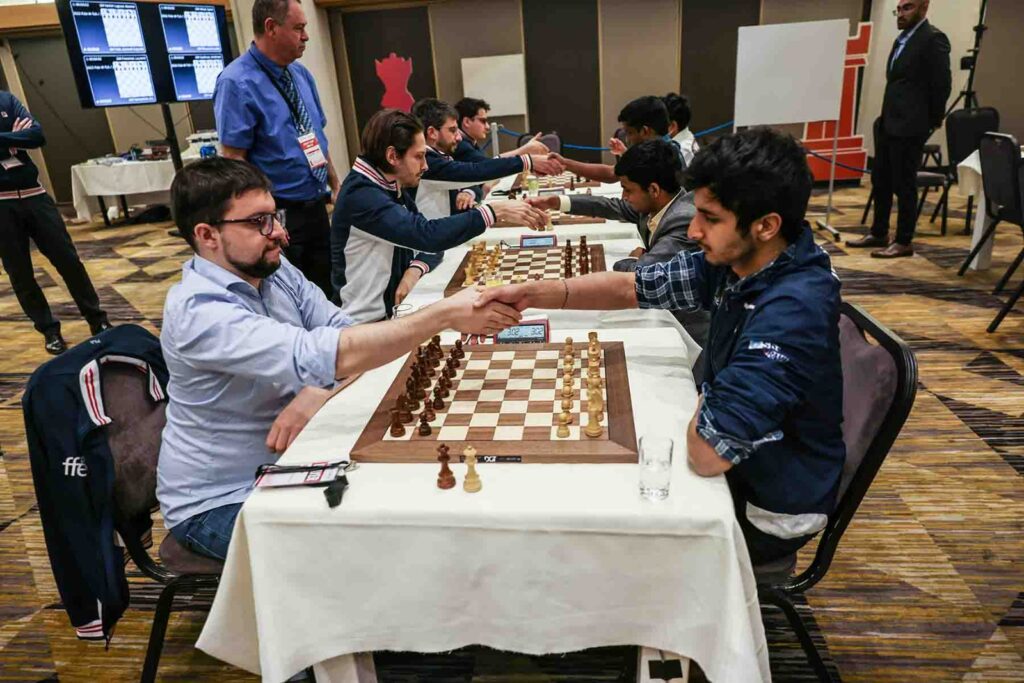
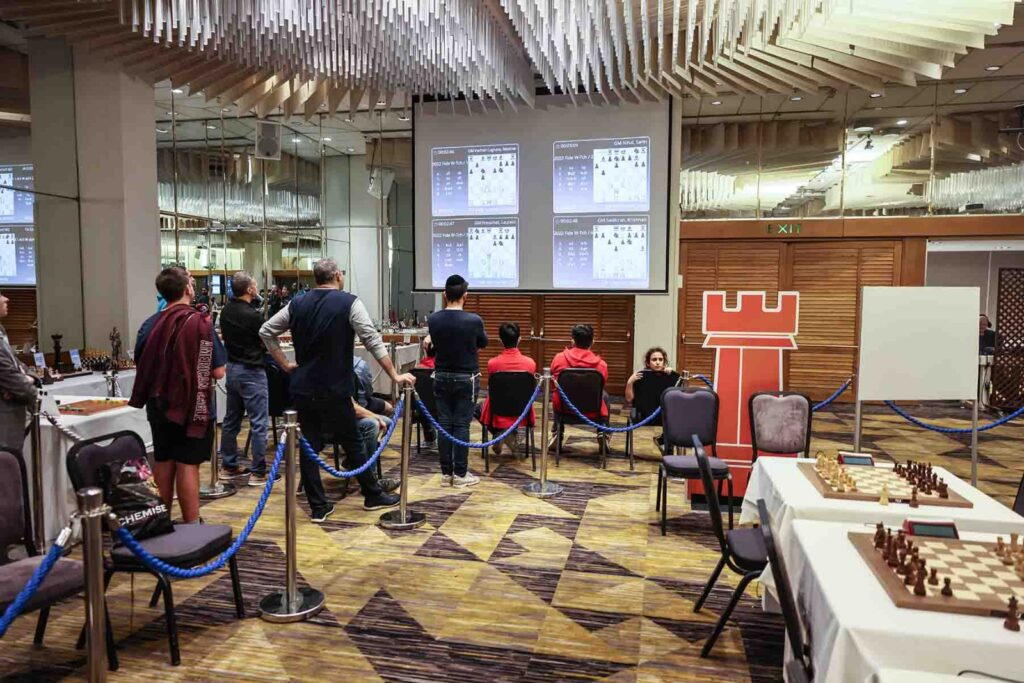
Tomorrow more knockout excitement will take place:

In the morning, the delegations and the staff enjoyed a tour of the Old City of Jerusalem. The tour guide Shuki Cohen took them to the Jaffa Gate, David’s Tower, the Jewish, Christian and Armenian Quarters, the Western Wall and they also did some shopping.



